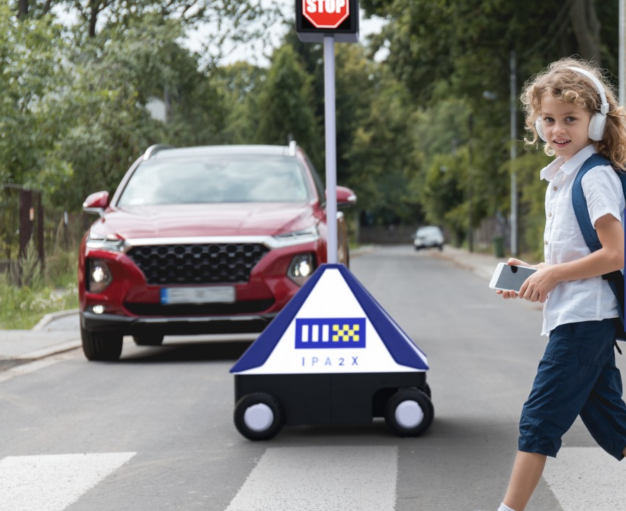
Crossing the road just got easier – thanks to Artificial Intelligence
The robots are coming…to a school crossing near you.
Or at least if you are in the Italian city of Milan, where technology has just made crossing the road for children in the city a whole new experience.
A new experiment in the Gratosoglio district of the city has seen the introduction of the autonomous road assisant, IPA2X, part of a European-wide road safety project.
The key goals of the scheme are simple: increasing safety for pedestrians – but especially children – and to reduce injuries and fatalities in cities and urban areas. There is also the desire to cut noise and environmental pollution and, in this time of economic hardship, keep costs down.
‘Accelerating positive change on mobility’
IPA2X is the latest project from EIT Urban Mobility, a European Union-backed project which works to ‘accelerate positive change on mobility to make urban spaces more liveable’, of which technology-led innovations like this are a core element. Milan is just one of the pilot cities taking part, along with Modena and Ljubljana
“The IPA2X project is helping to achieve zero accidents and decrease fatalities in urban areas…it will improve pedestrian safety by implementing a service of autonomous robots to assist pedestrians cross streets, notify nearby vehicles of the pedestrians’ movements, and identify obstacles on footpaths, bike paths and roads that may hinder pedestrian movements,” says IET about the project.
“In particular, the robots will assist people with limited mobility such as parents with young children, wheelchair users, and elderly people. User feedback will be solicited over the course of the project to improve the service.”
‘We can use our cities as living labs’
This test event in Milan took part in a real context, with the robot, equipped with sensors and a video camera, warned the driver of the car – also equipped with connectivity and an interface able to communicate with the rover – that pedestrians were about to cross, and subsequently told the pupils to go ahead.
Local police were also on hand, to ensure safety for all during the experiment, while the children involved on the day were also asked to give their assessments on their ‘perceptions of safety’, and how easy it was to understand the robot.
“Using our cities as living labs, our industry and university partners will demonstrate how new technologies can work to solve real problems by transporting people, freight and waste in smarter ways,” adds IET.




